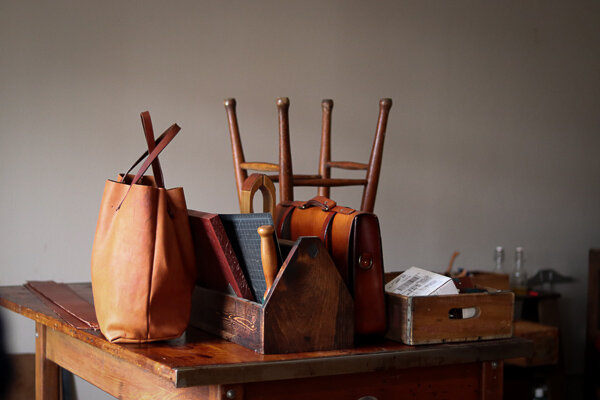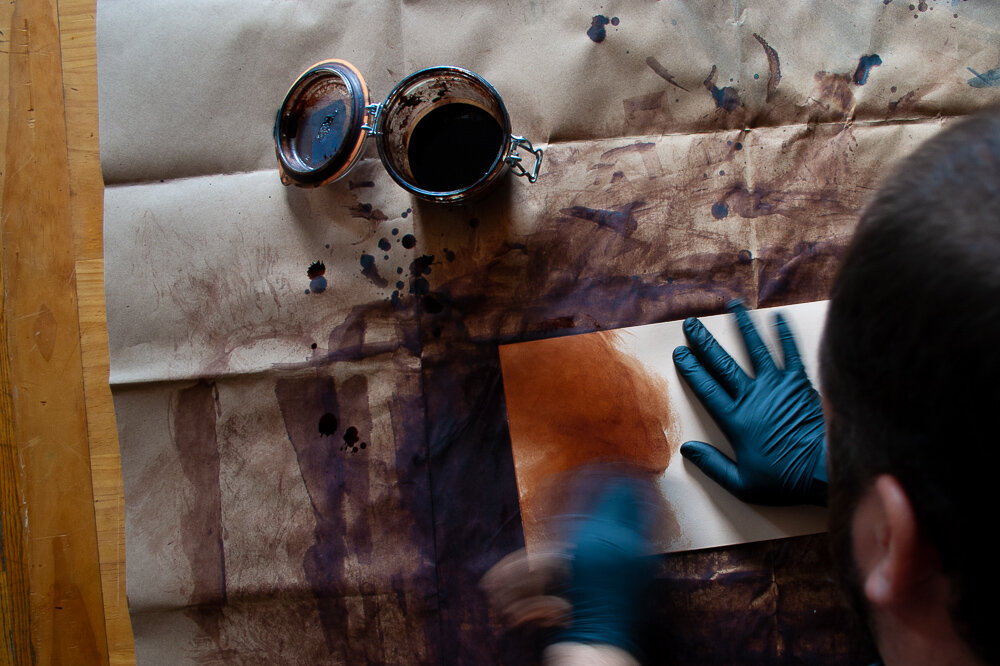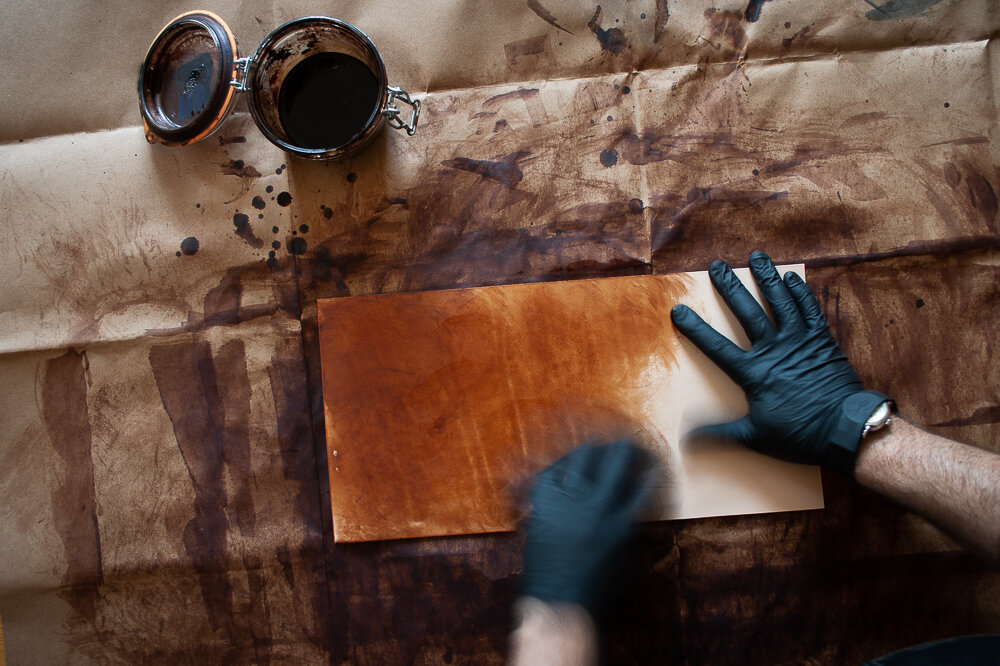I start off every year by looking back at what I have learned in my previous year. I write it down so that I'll remember it when I'm neck deep in work and too busy to think. The lesson I'm thinking about today will be an unpopular one, but one I have given a lot to learn. The Hustle, and the lifestyle that we small business owners proselytize about, is a myth and if you are not careful it will kill you.
In our culture we have this ideal image of the independent business owner giving it all to succeed. It's part of the story we tell. The long hours, the late nights, the stacks (finished and unfinished) of work that we use to prove how busy, and thus successful, we are. I'm guilty of it too. A month ago I was bragging about working at least 12 hours a day 7 days a week to keep up. Your see it in credit card commercials, blog posts, and Instagram. We make insider jokes about it to each other. In fact I just noticed I did it in the first paragraph of this post. Really though, we are all just helping perpetuate what is ultimately a perversion of the great American Dream. If you try hard enough, and are willing to work for it, you will succeed.
The problem with that ideal is what happens on the flip side when your feet actually hit the pavement. If by working hard you can succeed then if you are not succeeding you are not working hard enough.
When you are your own boss success is murky at best. I can attest, and anyone I have asked has agreed, that you never reach an end point. You never get to a point where you've had enough. There is no peak to stand on and look back on your accomplishments from. We are business owners. We are Hustlers. There is always another peak.
When you tether your success to your effort the problems that you create become manifold. The truth is that effort doesn't equal success. Some people are born to rich parents who will bank roll their business. Some people ooze social grace and will succeed based off their ability to network even if they make shit work. Some people are just stupid lucky. For most of us the best way to get ahead is by throwing a bunch of effort behind it. The creates a problem similar to the race to the bottom-line we see with large corporations. If you can make it cheaper than your competitor then you win. So you end up with a bunch of cheap stuff. With small business owners this is a race to out work each other. It's called the Hustle. If you work 15 hour days and I work 16 hour days then I win. Instead of crappy imported goods you end up with crappy over worked business owners.
So who cares if I work hard? It's my choice, right? Here is why it matters. You are only human. You live in a physical body. A body that needs sleep, and food, and social interaction, and rest, and to be able to set down burdens, and to live life and experience the world that you only get the one chance to be a part of. If you ignore these things for too long it will really and actually kill you. This problem is compounded by the fact that you can't come up with good ideas when you are tired. You can't give good customer service when your are pissed off. You make mistakes when you are distracted. You end up trading away the days at the end of your life for some hours poorly spent in the middle. Sooner or later the one will catch up to the other.
So what do you want me to do about it, Jordan?!? Stop. Just stop. Don't buy into the Hustle. Start by sitting down and defining success. Define it in real terms. Something check-listable. An end point. Then take a good look at what you really have to do to get there and decide if its worth it. Reassess on a regular basis to see if you are getting there and what it is costing you to get there. Be ready to fail. Not in the positive "fail upwards" and learn from your mistakes fail. I'm talking about the ugly someone-else-won-by-being-shitty-and-undeserving kind of fail. That's going to happen and it's okay. You are human. Take it on the chin, and then go home and play with your kids, take a walk in a park, drink a beer and catch a fish while watching the sun set. For the love of God don't post about it. Stop selling. Stop working. Drink it in. When you look back on all of your days let them be filled with moments of a life well lived. Life is about the journey not the destination. You can take life at a stroll and savor every step, or you can hustle through it. The choice is yours.



















































